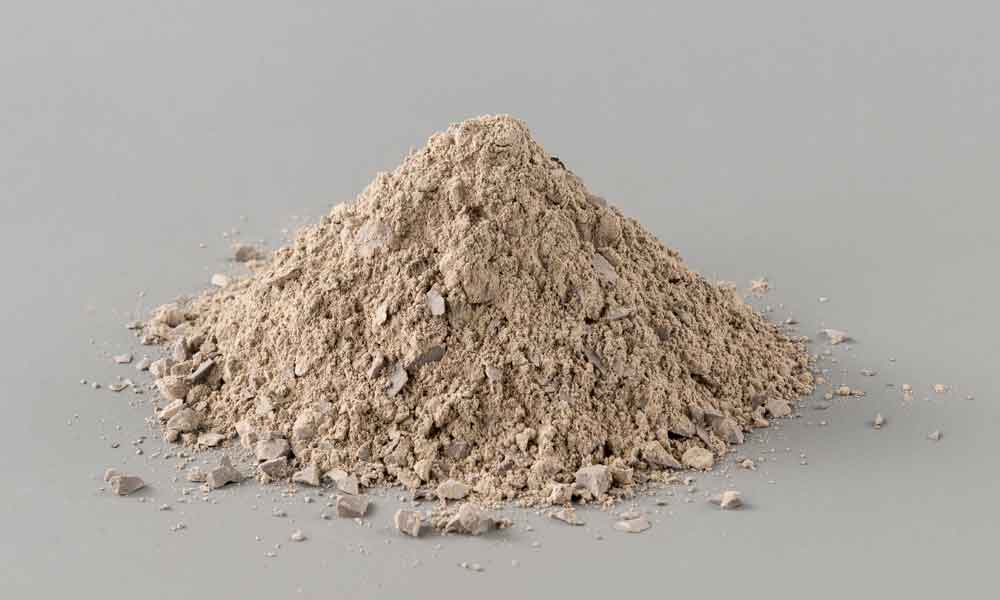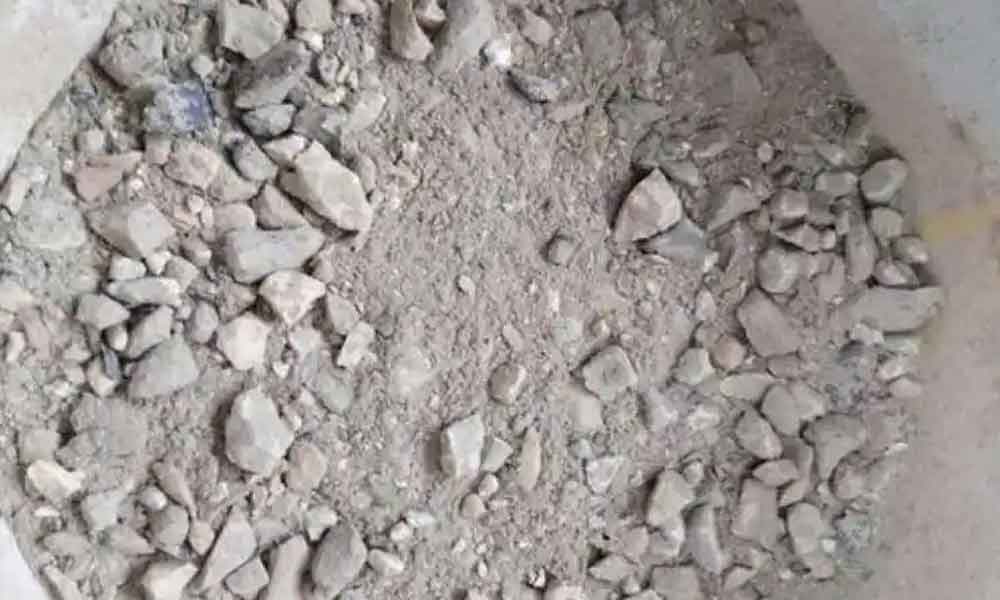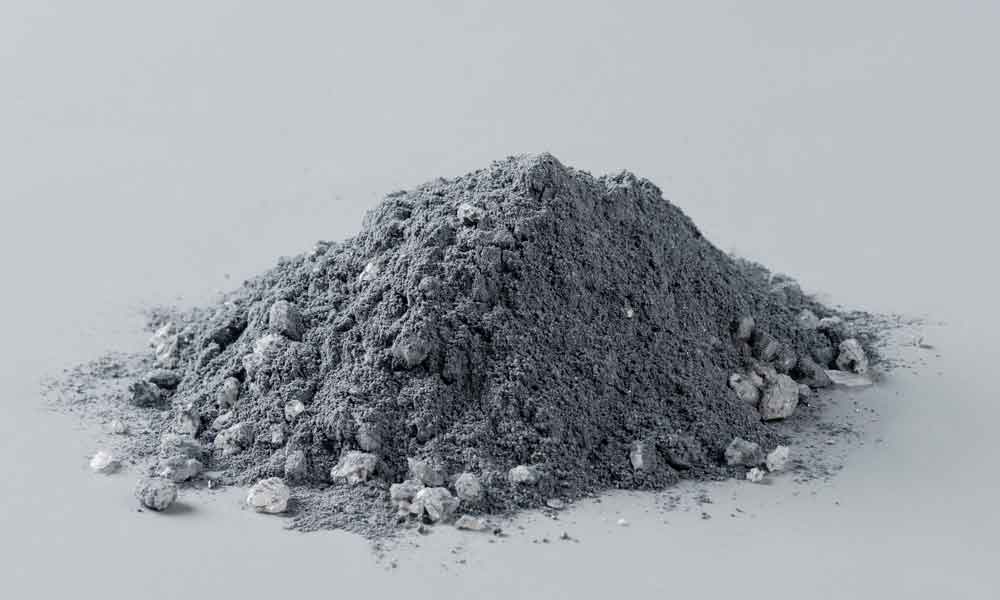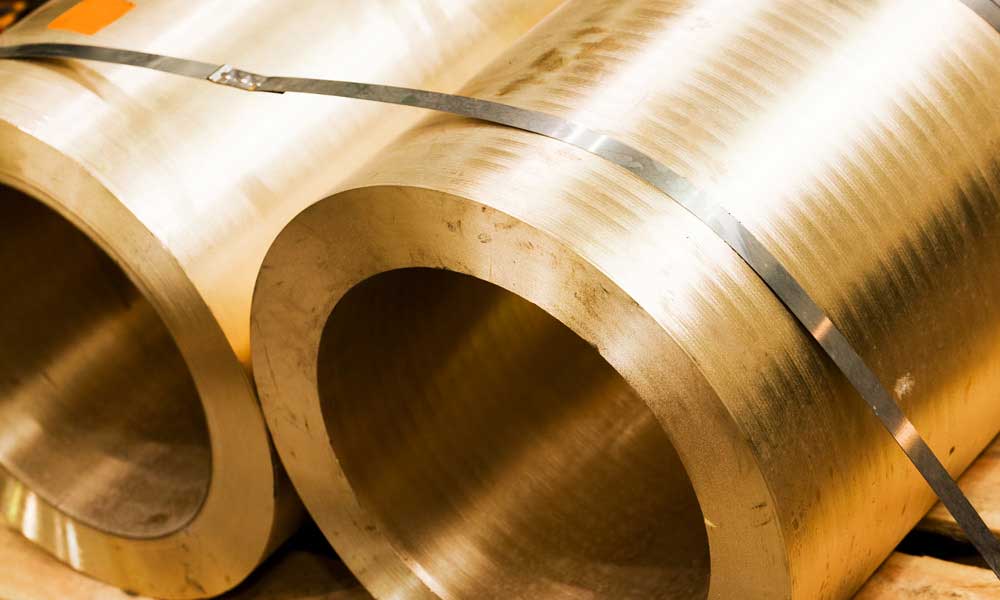As an important category of monolithic refractory materials, refractory ramming mass need to be compacted into shape through ramming.
High-Alumina Refractory Ramming mass
This type of ramming mass is mainly made from high-alumina aggregates (with an Al2O3 content of 45% or more than 75%), combined with an appropriate amount of binder. It is characterized by strong high-tempe resistance, capable of withstanding high-temp environments ranging from 1500℃ to 1800℃. Additionally, high alumina ramming mass exhibits good resistance to chemical corrosion and wear, along with excellent volume stability, and is not prone to significant shrinkage or deformation at high temp.
High-alumina refractory ramming mass have a wide range of applications:
- In the iron and steel industry, they are often used for the linings of blast furnace tapholes and hot blast stove combustion chambers to resist the scouring and erosion of high-temp molten iron and gas.
- In the field of non-ferrous metal smelting, they are suitable for the sidewalls of aluminum electrolysis cells and the linings of lead-zinc smelting furnaces, as they can withstand the erosion of molten metals and slags.
- They can also be used for the linings of high-temp zones in ceramic kilns, ensuring the stable operation of the kilns during long-term high-temp firing processes.

Silicon carbide refractory ramming mass mainly consist of silicon carbide (with a content of 60%-90%) and binders such as resin or water glass. Their outstanding advantages include high hardness, excellent wear resistance, good thermal conductivity (which enables rapid heat transfer), extremely strong resistance to molten slag and metal penetration, and high chemical stability at high temp (hardly reacting with molten substances).
Silicon carbide ramming mass are mainly applied to parts with high requirements for wear resistance and corrosion resistance. In steel plants, they are used for the bottoms of blast furnace iron trough and slag ditches, which are scoured at high speed by molten iron and slag. Using silicon carbide ramming mass can greatly extend the service life. In the furnace linings of waste incinerators, facing complex corrosive flue gas and ash, this type of ramming mass can effectively resist erosion. They are also used in the launders and chutes of non-ferrous metal casting to reduce wear during material transportation.

Magnesia Refractory Ramming mass
Magnesite (with an MgO content of over 85%, and up to 95% or more for high-quality grades) serves as the main component of this type of ramming mass, and its binders are mostly magnesium chloride, magnesium sulfate, or organic binders. With the advantages of extremely strong resistance to alkaline slag, good high-temp stability in alkaline environments, and high refractoriness—capable of withstanding temp above 1700℃. However, this type of ramming mass has relatively weak thermal shock resistance and must be used with caution in scenarios where temp change drastically.
Magnesia refractory ramming mass are mainly used in alkaline kilns and equipment. For the furnace repair work of steelmaking converters, magnesia refractory ramming mass are often used to repair damaged parts of the furnace lining and restore the lining’s resistance to alkaline slag. For the linings of ferronickel blast furnaces and ferrochrome electric furnaces in non-ferrous metal smelting, a large amount of alkaline slag is generated during the smelting process, so magnesia refractory ramming mass are relied on to resist erosion. In addition, in the burning zone (alkaline atmosphere) of cement rotary kilns, magnesia refractory ramming mass are also selected as lining materials under certain working conditions.

Silica Refractory Ramming mass
The main raw material of this ramming mass is silica (with an SiO₂ content of over 90%), and the binders are mostly water glass or organic binders. It is notably characterized by excellent thermal shock stability, being able to withstand frequent temp rises and drops without cracking easily. Moreover, it undergoes a slow crystal transformation at high temp, generating a certain degree of volume expansion that can compensate for the shrinkage of the lining. However, its resistance to alkaline erosion is relatively weak.

Its applicable scenarios are concentrated in environments with large temp fluctuations and no strong alkaline erosion. For the checkerwork in the regenerator of glass kilns—where frequent alternating heating and cooling are required—the thermal shock stability of silica refractory ramming mass ensures the long-term integrity of the checkerwork. For the linings of the preheating zone and cooling zone in ceramic kilns, where temp changes are relatively frequent, this type of ramming mass can meet the working condition requirements. In addition, it can also be used for the refractory linings of some industrial boilers, provided that the flue gas contains no strong alkaline components.







